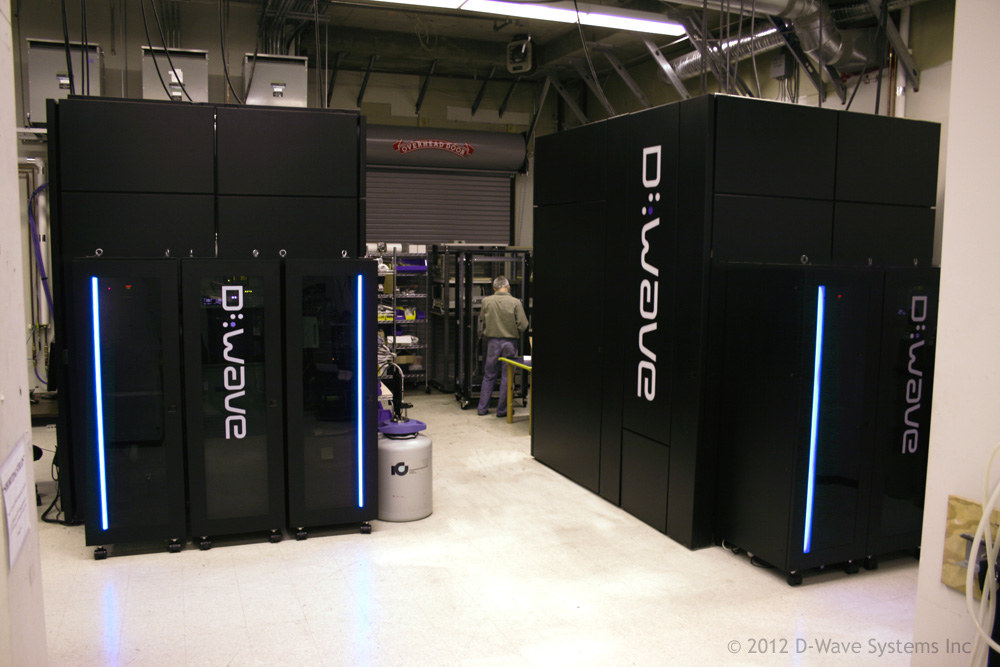The CIA and Jeff Bezos bet on quantum computing
October 8, 2012
With funding from Amazon founder Jeff Bezos and the CIA’s investment arm, the Canadian company D-Wave Systems is gaining momentum for its revolutionary approach to computing, Technology Review reports.
D-Wave’s supercooled processor is designed to handle what software engineers call “optimization” problems, the core of conundrums such as figuring out the most efficient delivery route, or how the atoms in a protein will move around when it meets a drug compound.
“Virtually everything has to do with optimization, and it’s the bedrock of machine learning, which underlies virtually all the wealth creation on the Internet,” says Geordie Rose, D-Wave’s founder and chief technology officer.
In machine learning, a branch of artificial intelligence, software examines information about the world and formulates an appropriate way to act in the future. It underpins technologies such as speech recognition and product recommendations and is a priority for research by companies, such as Google and Amazon, that rely on big data.
“Our intelligence community customers have many complex problems that tax classical computing architecture,” Robert Ames, vice president for information and communication technologies at In-Q-Tel, said in a statement. In-Q-Tel’s primary “customer” is the CIA, and the National Security Agency is another. Both are known to be investing heavily in automated intelligence gathering and analysis.
In May 2011, D-Wave published a paper in the prestigious journal Nature that critical academics said was the first to prove D-Wave’s chips have some of the quantum properties needed to back up Rose’s claims.
There is good reason to believe that the exponential growth in computing power seen over the last few decades is ending, says Bob Lucas, who directs research on supercomputing and quantum computing at the University of Southern California, where Lockheed’s D-Wave computer is installed.
Many of the regular advances in computing power have come from connections on chips shrinking year after year, but with leading chip maker Intel currently working on making them just 14 nanometers across, there’s not much smaller things can get. “We’re living in the last 10 years of exponential growth of [classical] computing power, and alternatives to that will become more of interest,” Lucas says. He adds that through his experiments on Lockheed’s D-Wave system he has been converted from “highly skeptical to cautiously optimistic” about the technology.
